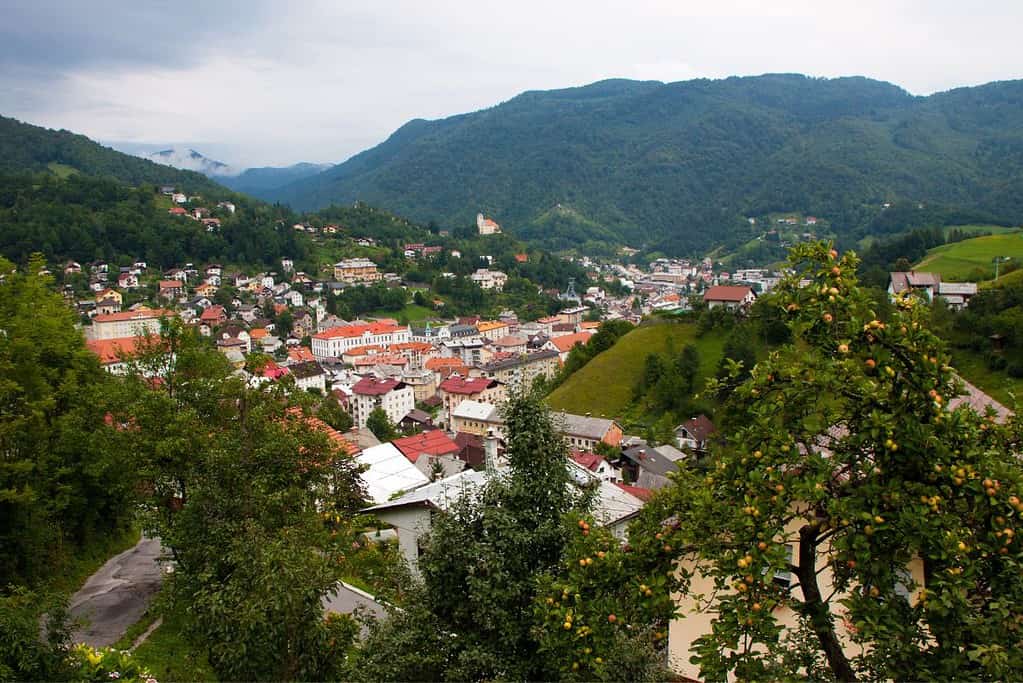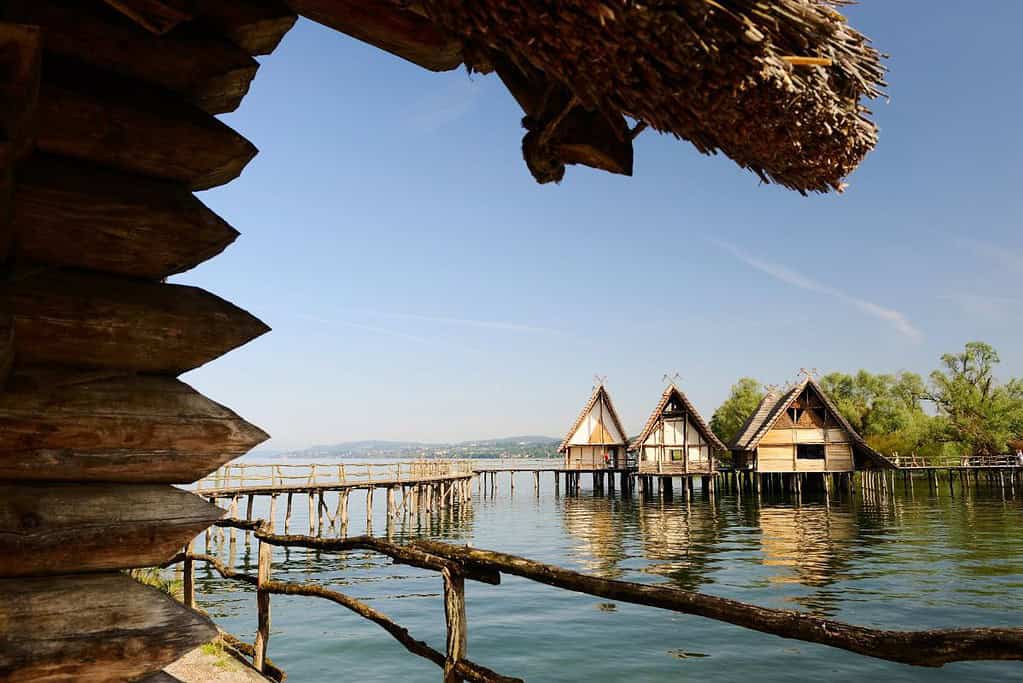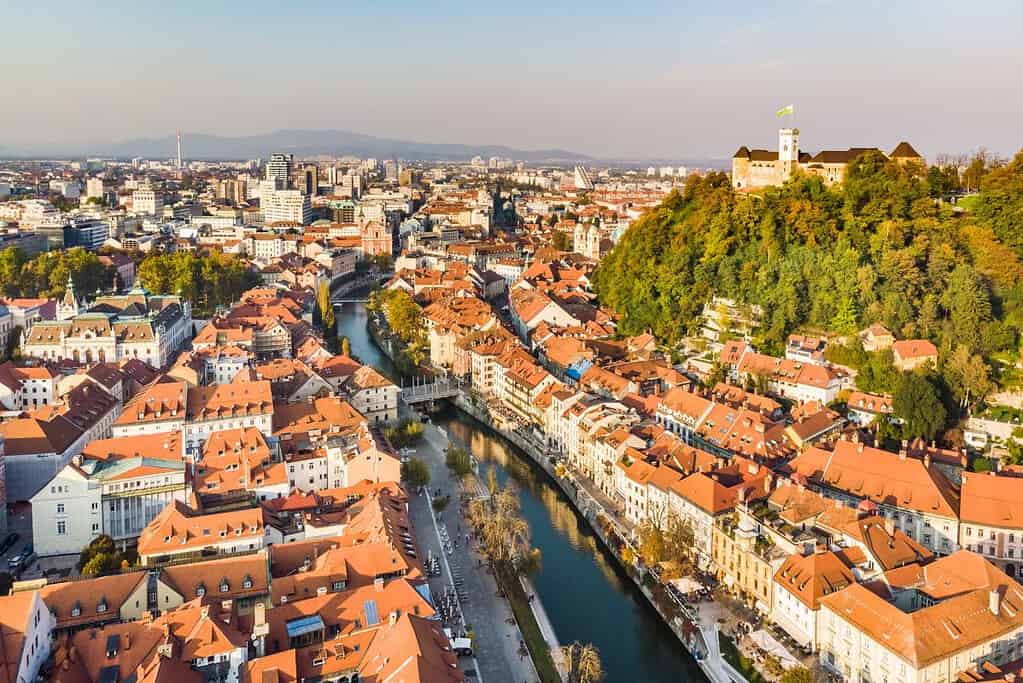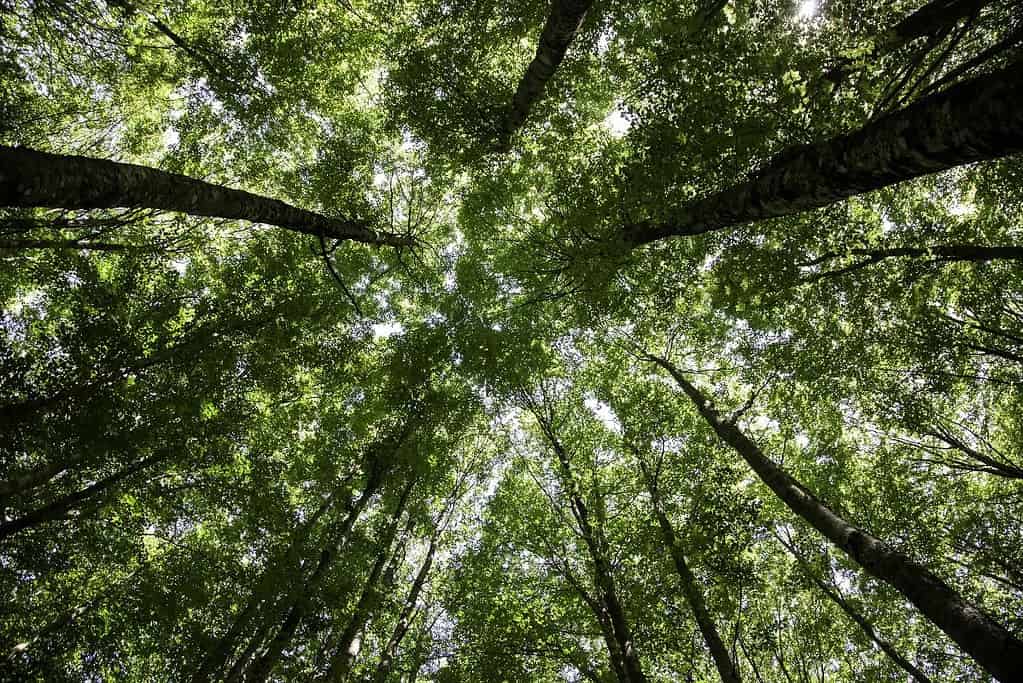Table of Contents
The UNESCO Sites in Slovenia have resulted from the recognition of 5 cultural and natural landmarks as UNESCO World Heritage Sites in Slovenia and 4 locations on the Slovenia UNESCO tentative list. These tourist sites in Slovenia are acknowledged for their unique and valuable cultural, natural, artistic, and historic significance and are preserved for future generations to enjoy.
In addition to these 5 sites in the Slovenia UNESCO list, there are many other places to travel to Slovenia that are being considered for UNESCO recognition. These sites, listed on the tentative list, showcase the rich cultural heritage of the country and are waiting for approval to join the prestigious and famous World Heritage Sites list.
To help visitors discover these remarkable Slovenia tourist attractions, we have put together an interactive map of the UNESCO sites in Slovenia.
Slovenia UNESCO Map
Click markers to show information and photo.
World Heritage Sites in Slovenia
UNESCO World Heritage Sites in Slovenia
There are 5 UNESCO World Heritage Sites in Slovenia. All of these three sites are listed under the Cultural category.
- Heritage of Mercury. Almadén and Idrija
- Prehistoric Pile Dwellings around the Alps
- The works of Jože Plečnik in Ljubljana – Human Centred Urban Design
- Ancient and Primeval Beech Forests of the Carpathians and Other Regions of Europe
- Škocjan Caves
UNESCO World Heritage Sites in Slovenia are protected locations for their cultural and natural importance.
Heritage of Mercury. Almadén and Idrija

The Heritage of Mercury. Almadén and Idrija are two UNESCO World Heritage Sites that showcase the rich historical and cultural significance of mercury mining. Almadén, located in Spain, and Idrija, situated in Slovenia, were significant mercury centers for production during different periods. These sites provide valuable insights into the technology, economy, and social aspects of mercury mining and their environmental impacts. The sites feature well-preserved mining infrastructure, including mines, shafts, tunnels, and smelting facilities, offering visitors a unique glimpse into the fascinating history of mercury extraction and its global significance.
Prehistoric Pile Dwellings around the Alps

The Prehistoric Pile Dwellings around the Alps are a collection of UNESCO World Heritage Sites in several countries surrounding the Alps, including Austria, France, Germany, Italy, Slovenia, and Switzerland. These pile dwellings are remnants of ancient human settlements constructed on wooden stilts above lakes, rivers, and marshlands during the Neolithic and Bronze Ages. They provide valuable insights into prehistoric communities’ daily lives and cultural practices. The sites contain well-preserved archaeological remains, including tools, pottery, and organic materials, offering a glimpse into the early human history of the Alpine region. These remarkable sites serve as a testament to the ingenuity and adaptability of our ancestors, and they contribute significantly to our understanding of human civilization’s early stages.
The works of Jože Plečnik in Ljubljana – Human-Centred Urban Design

The works of Jože Plečnik in Ljubljana, Slovenia, exemplify human-centered urban design and are recognized as a UNESCO World Heritage Site. Plečnik, a renowned Slovenian architect, left an indelible mark on the cityscape of Ljubljana through his innovative and harmonious designs. His creations, such as the Triple Bridge, the Central Market, and the iconic Plečnik’s Parliament, seamlessly blend functionality, aesthetics, and the human experience. With a deep respect for the historical context and a keen understanding of the needs of its inhabitants, Plečnik’s works in Ljubljana stand as a testament to his visionary approach to urban planning and design.
Ancient and Primeval Beech Forests of the Carpathians and Other Regions of Europe

The Ancient and Primeval Beech Forests of the Carpathians and Other Regions of Europe is a collection of UNESCO World Heritage Sites spread across various European countries. These forests represent some of the continent’s most pristine and untouched natural landscapes. They are characterized by their exceptional biodiversity and the presence of ancient beech trees, some of which are over 500 years old. These forests provide a habitat for numerous rare and endangered species, including wolves, lynx, and brown bears. They also play a crucial role in preserving the region’s ecological balance and are of immense scientific and educational value. Visiting these sites offers a unique opportunity to witness the beauty and grandeur of Europe’s ancient forests and appreciate their conservation importance.
Škocjan Caves
The Škocjan Caves in Slovenia is a remarkable UNESCO World Heritage Site. These caves showcase nature’s immense power and beauty, with a stunning underground river carving through the limestone landscape. The caves are known for their vast chambers, awe-inspiring stalagmites and stalactites, and the majestic Martel’s Chamber, one of the largest underground chambers in the world. Visitors can explore the intricate paths and bridges that lead through this subterranean wonderland, immersing themselves in the extraordinary geological formations and unique ecosystems within the Škocjan Caves.
Slovenia UNESCO tentative list
- Fuzina Hills in Bohinj
- Franja Partisan Hospital
- Classical Karst (in Slovene language: Klasicni kras)
- The Walk of Peace from the Alps to the Adriatic – Heritage of the First World War
Tours in Slovenia
Our choices of tours in Slovenia are divided into thematic features such as Lake Bled, Ljubljana, and Postojna Cave Experience.
